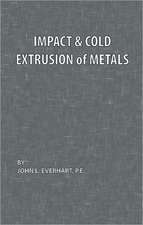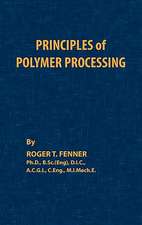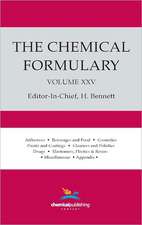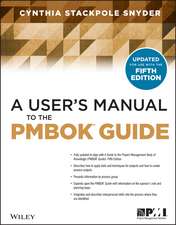Practical Emulsions, Volume 1, Materials and Equipment
Autor Jack L. Bishop, Max F. Wulfinghoff, H. Bennetten Limba Engleză Hardback – 14 feb 1968
Preț: 828.06 lei
Preț vechi: 909.96 lei
-9% Nou
Puncte Express: 1242
Preț estimativ în valută:
158.47€ • 164.83$ • 130.83£
158.47€ • 164.83$ • 130.83£
Carte tipărită la comandă
Livrare economică 14-28 aprilie
Preluare comenzi: 021 569.72.76
Specificații
ISBN-13: 9780820602578
ISBN-10: 0820602574
Pagini: 194
Dimensiuni: 152 x 229 x 14 mm
Greutate: 0.45 kg
Ediția:3. Auflage.
Editura: Chemical Publishing Company
ISBN-10: 0820602574
Pagini: 194
Dimensiuni: 152 x 229 x 14 mm
Greutate: 0.45 kg
Ediția:3. Auflage.
Editura: Chemical Publishing Company
















